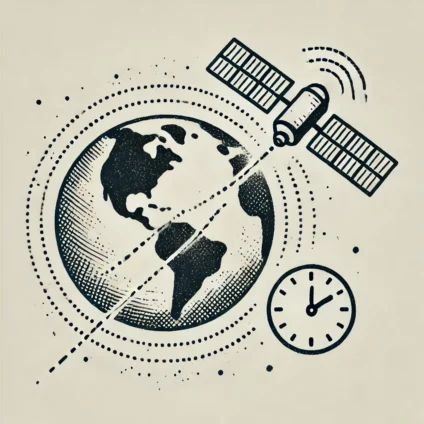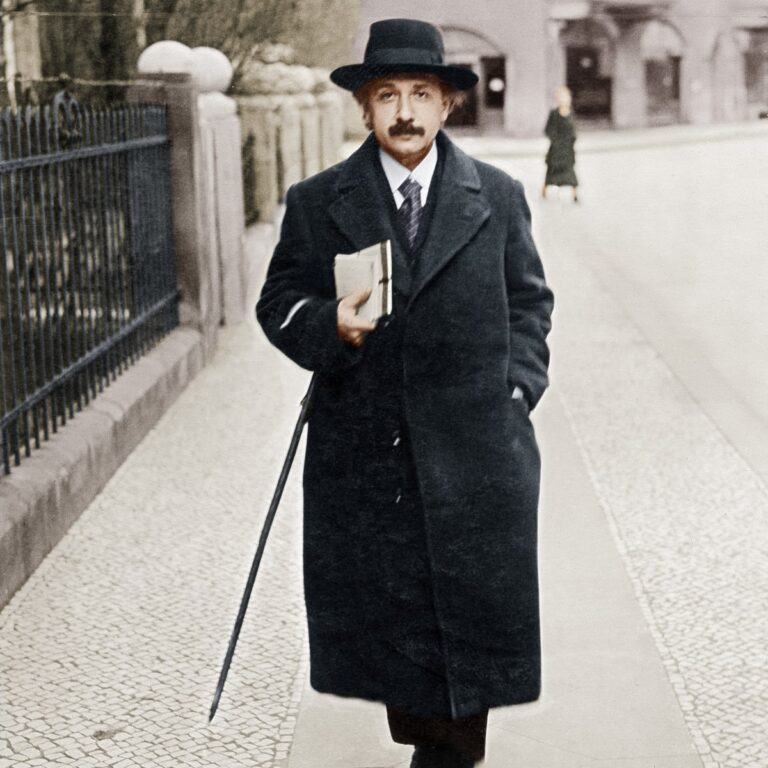Micius QKD Flaws: Timing issues in laser diodes expose vulnerabilities.
Security Risks: Eavesdroppers can distinguish signal and decoy states.
Future Fixes: Enhanced testing and synchronization are critical.
Micius Satellite QKD Vulnerabilities Uncovered
Micius satellite QKD vulnerabilities threaten secure communication, as timing flaws in its laser diodes undermine the decoy-state BB84 protocol; this according to a study by Alexander Miller in the Department of Physics at the National University of Singapore. Launched in 2016, Micius, the world’s first quantum communication satellite, uses quantum mechanics to enable secure key exchange over long distances. However, a study revealed significant desynchronization, allowing eavesdroppers to exploit photon-number-splitting (PNS) attacks and compromise security.
How Micius’ QKD System Works
Micius employs eight laser diodes to generate signal and decoy states for the BB84 protocol. These states, ideally indistinguishable, protect against PNS attacks. For example, the system uses weak coherent pulses and passive optics to create random polarization states. Yet, practical flaws in implementation, such as timing mismatches, create exploitable side channels.
Critical Timing Flaws
Analysis of communication sessions from October 2021 to March 2022 showed laser desynchronization exceeding 100 picoseconds (ps). Specifically, vertically polarized photons had a 300 ps delay between signal and decoy states. Consequently, eavesdroppers with advanced equipment can distinguish states in 98.7% of cases, nullifying the protocol’s security and reducing the secret key rate to zero.
“[A] potential eavesdropper was shown to be capable of distinguishing decoy states from signal ones in at least 98.7% of cases. It opens great opportunities for hacking ... "
— Alexander Miller, Dept. of Physics, National University of Singapore
Systemic Issues and Oversights
The stable time delays suggest a systemic flaw, possibly missed during pre-flight testing. Earlier claims of 10 ps synchronization were contradicted, raising concerns about prior assessments. Additionally, Micius lacks remote correction capabilities, a critical oversight for a costly space-based system. These issues highlight the gap between theoretical and practical quantum security.
Broader Security Risks
Beyond timing, spectral or spatial distinguishability may pose further risks. For instance, multiple laser diodes inherently risk desynchronization. Alternatives like single-laser systems or entanglement-based QKD could help, though they introduce complexities. Therefore, unexplored side channels warrant urgent investigation to ensure robust security.
Recommendations for Improvement
Future QKD systems need rigorous solutions to prevent vulnerabilities:
- Prioritize precise laser synchronization with remote adjustment capabilities.
- Conduct comprehensive pre-flight tests for all side channels.
- Explore single-laser or entanglement-based designs for reduced risks.
- Develop models accounting for photon state distribution patterns.
Securing Quantum Communication
Micius’ vulnerabilities expose the challenges of implementing secure QKD in space. With a 300 ps delay enabling near-perfect state identification, the system’s security is compromised. Rigorous testing, advanced synchronization, and flexible designs are essential for future systems. Researchers and engineers must act swiftly to close these gaps, ensuring quantum communication delivers on its promise of unbreakable security.


